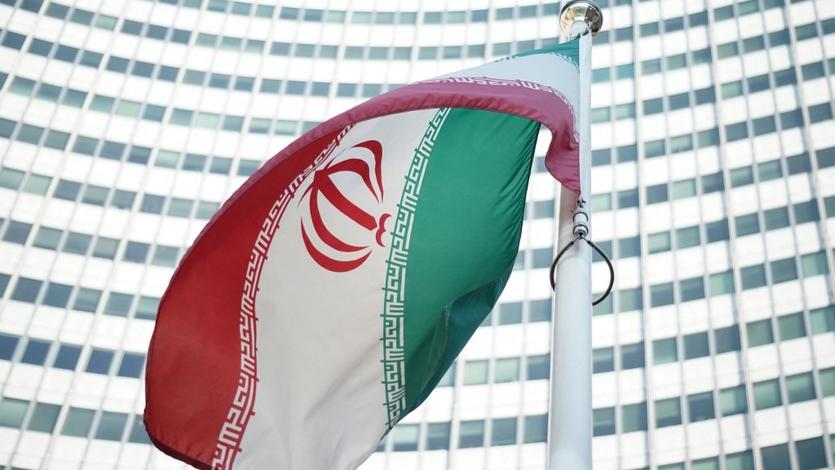 An Iranian flag flys outside the Vienna International Centre hosting the United Nations headquarters and the International Atomic Energy Agency in Vienna on July 3, 2014. (JOE KLAMAR / AFP)
An Iranian flag flys outside the Vienna International Centre hosting the United Nations headquarters and the International Atomic Energy Agency in Vienna on July 3, 2014. (JOE KLAMAR / AFP)
VIENNA/PARIS - The UN nuclear watchdog found uranium particles at two Iranian sites it inspected after months of stonewalling, diplomats say, and it is preparing to rebuke Tehran for failing to explain, possibly complicating US efforts to revive nuclear diplomacy.
The find and Iran’s response risk hurting efforts by the new US administration to restore Iran’s 2015 nuclear deal, which President Joe Biden’s predecessor Donald Trump abandoned.
ALSO READ: Iran starts producing 20% enriched uranium
We have nothing to hide. That is why we allowed the inspectors to visit those sites.
Senior Iranian official
Although the sites where the material was found are believed to have been inactive for nearly two decades, opponents of the nuclear deal, such as Israel, say evidence of undeclared nuclear activities shows that Iran has not been acting in good faith.
Iran’s ambassador to the International Atomic Energy Agency, Kazem Gharibabadi, declined to comment, as did the IAEA itself.
A senior Iranian official said: “We have nothing to hide. That is why we allowed the inspectors to visit those sites.”
ALSO READ: Zarif: Iran will reverse nuclear actions when US lifts sanctions
Iran has set a deadline of next week for Biden to lift sanctions reimposed by Trump, or it will halt snap IAEA inspections under the deal, which lifted sanctions in return for curbs on Iran’s nuclear program. Next week is also when the IAEA is expected to issue a quarterly report on Iran’s nuclear activities.
Seven diplomats told Reuters the agency will use that opportunity to rebuke Iran for failing to explain to its satisfaction how the uranium particles wound up at two undeclared sites. The rebuke could come either in the quarterly report or in an additional report released the same day.
Obligation
US intelligence agencies and the IAEA believe Iran had a secret, coordinated nuclear weapons program that it halted in 2003, which Iran denies. The 2015 nuclear deal effectively drew a line under that past, but Iran is still required to explain evidence of undeclared past activities or material to the IAEA.
READ MORE: Iran producing uranium metal, UN nuke watchdog says
The material was found during snap IAEA inspections that were carried out at the two sites in August and September of last year, after Iran barred access for seven months.
The Wall Street Journal reported earlier this month that radioactive material was found in the samples taken by inspectors at the two sites, although the newspaper did not specify what the material was.
Four diplomats who follow the agency’s work closely told Reuters the material found in those samples was uranium.
Identifying the material as uranium creates a burden on Iran to explain it, as enriched uranium can be used in the core of a nuclear weapon. Iran is obliged to account for all uranium so the IAEA can verify it is not diverting any to a weapons program.
Two of the sources said the uranium found last year was not enriched.


